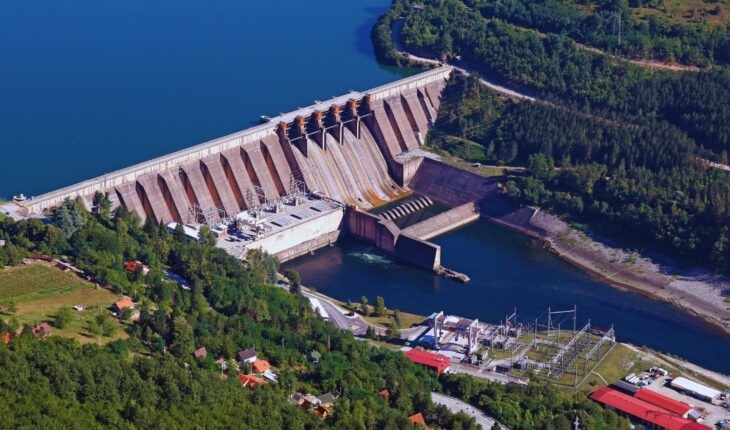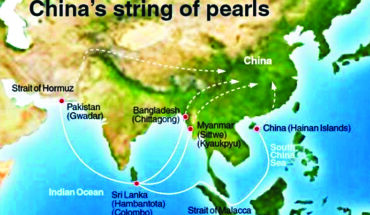As Kerala’s Wayanad district slowly recovers from the devastation of last month’s landslide, another landslide in Sikkim on August 20, 2024, has caused significant damage to six houses and a building of the National Hydroelectric Power Corporation at the Teesta-5 hydropower station in Gangtok. While the absence of casualties in Sikkim offers some relief, the event raises alarms for a different reason: this is the second time in less than a year that a natural disaster has targeted a hydropower project along the Teesta River.
The previous incident occurred last October, when a deluge from the South Lhonak glacier destroyed the Chungthang dam, crippling the Teesta-3 power station, once the largest hydroelectric project in Sikkim. The project, which originally supplied 1,200 MW, is now operating at a fraction of its capacity. The Teesta-5 project, producing 510 MW, has also been rendered non-functional since the glacial lake outburst. These events highlight the vulnerabilities of hydropower projects in the region. The allure of harnessing the Teesta River for energy has been strong, with plans dating back nearly three decades for 47 power projects across Sikkim and West Bengal.
However, only five projects have materialized, and several others remain in limbo. The Teesta, a tributary of the Brahmaputra, flows through challenging terrain that poses significant risks to any infrastructure built along its course. Yet, the quest for profit has often overshadowed the need for robust environmental assessments and disaster-proof construction. In the case of Teesta-3, reports suggest that cost-cutting measures led to the construction of a concrete-faced rock fill dam instead of a more durable concrete gravity dam, contributing to its destruction. This underscores the urgent need for comprehensive environmental impact assessments that accurately account for the risks and costs associated with such projects. By doing so can we ensure that these projects are not only economically viable but also environmentally sustainable and resilient to the challenges posed by nature.






